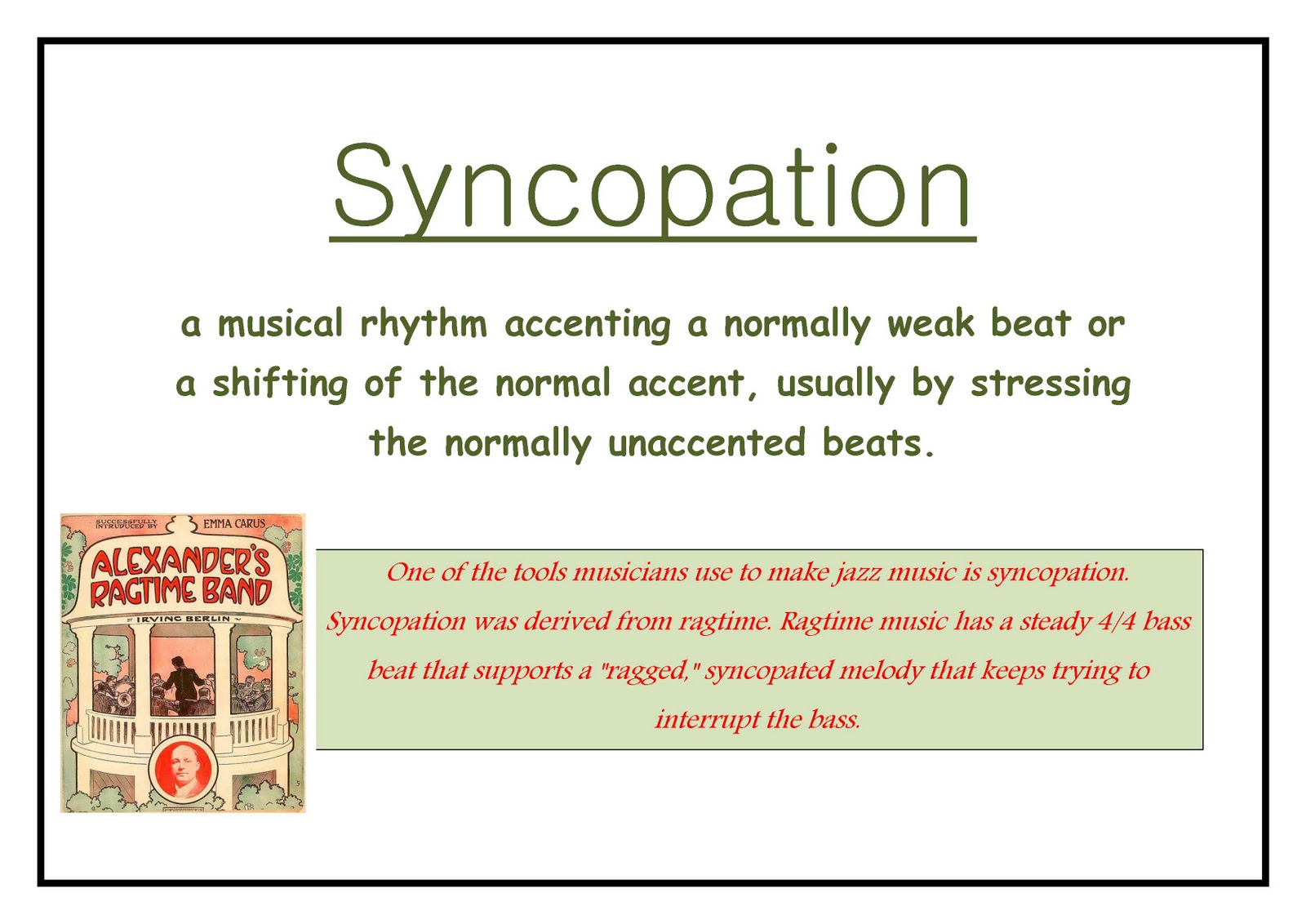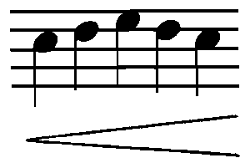

If you are doing a character who is struggling between opposing forces, the movements need more resistance and weight. For example, innocence moves in a certain way, and that affects how you use the music. But the extent to which this is done is defined by the character you are portraying. Then, where to rob and steal time: You might delay one part of the phrase, and catch up later.

Then you can talk about what you are going to do with a phrase. In an interview with Dance Magazine in 2005, American legend Gelsey Kirkland shared her advice on musicality:Ī person’s body first has to learn to sing in silence. Unsurprisingly, the greatest dancers in the history of ballet have been renowned for their musicality and, in this post, we look at some of them. It’s a hard task to come up with a precise definition of what makes a dancer musical, even though we may recognise it when we see it. Like Grace, it is also a subjective concept, as some might find a dancer extremely musical, while others not so. When looking at elements of Grace, we mentioned musicality as a quality in dancers that “will trick you into forgetting about the orchestra pit and thinking that his or her movement is creating the music.” Musicality is a common discussion theme between balletomanes and critics, who often mention it in their reviews. Among the shows presented as musicals are My Brother Plays The Clarinet (Fel’tsman, 1968, at the Moscow Theater for Young Audiences), the cartoon The Bremen Musicians (Gladkov, 1970), and the film Shel’menko the Batman (Solov’ev-Sedoi, 1971).A few months ago we wrote about what makes a dancer graceful. The musicals West Side Story, My Fair Lady, and Kiss Me, Kate have been presented in theaters in the USSR. Often, movies are based on musicals: Oliver! (Bart, Great Britain, 1970) Funny Girl (Styne, USA, 1969) The Girls From Rochefort (Legrand, France, 1966) and The Old Folks at the Hops Harvest (Bažant, Malásek, and Hála, Czechoslovakia, 1964). The popularity and accessibility of musicals are often exploited by impresarios who form touring companies of the most successful shows and present them in other countries. At first primarily tap dancing and chorus-line numbers were used, but in Bernstein’s West Side Story, one of the best American musicals (choreographer Jerome Robbins, 1957), the dance attained outstanding dramatic expressiveness. They were distinguished by their content, fine directorial skill, brilliant visual impact, and melodious, catchy music.ĭance is a major component of musicals. The best of the later musicals include Kern’s Show Boat (1929), Gershwin’s Of Thee I Sing (1931), Weill’s Johnny Johnson (1936), Rodgers’ Oklahoma! (1943), Porter’s Kiss Me, Kate (1948), Loewe’s My Fair Lady (1956), and Herman’s Hello, Dolly! (1964). Cook.) The musical comedy became the most popular form of American theater, particularly after World War I. Walker presented several musical comedies distinguished for their originality and striking theatricality. In New York in the early 20th century the Negro actors B.

The musical was developed in the USA in the late 19th century.īicknell’s play, The Black Crook, which combined melodrama, song, and “showgirls,” was first presented in 1866 and played for 25 years. A primarily light play in which the resources of the stage, popular music, choreography, drama, and opera are used.


 0 kommentar(er)
0 kommentar(er)
